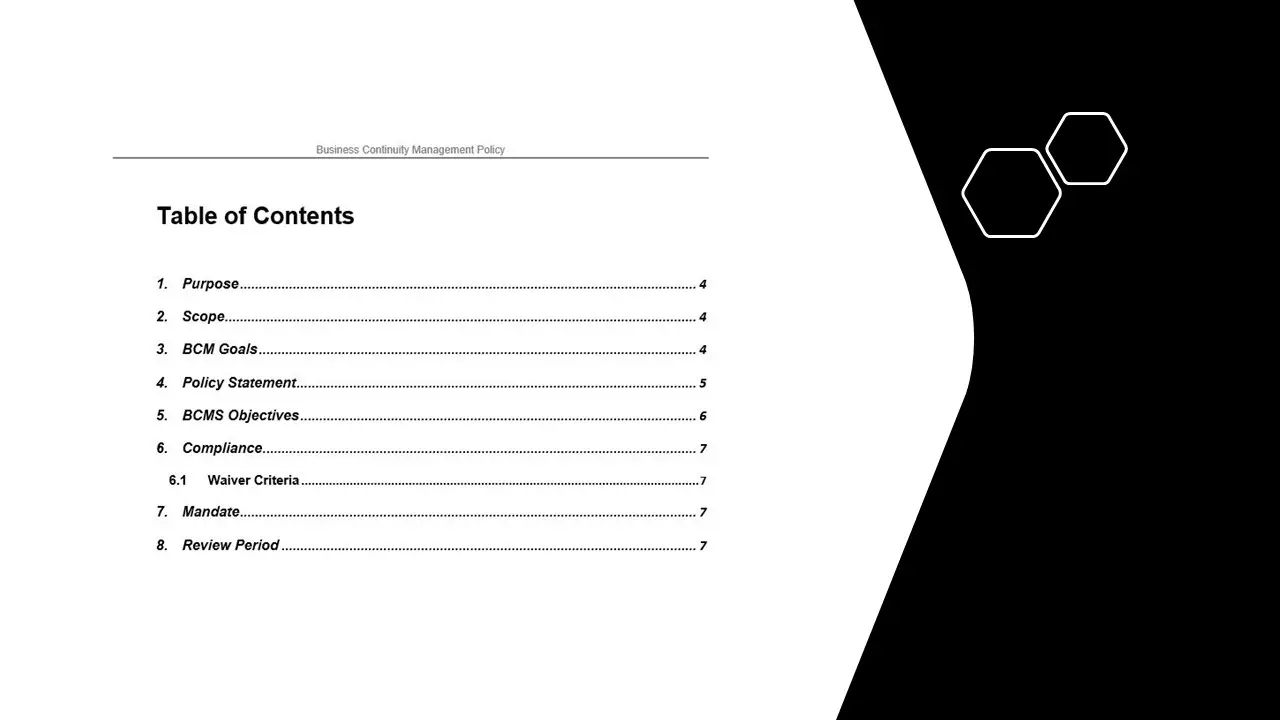Secure Coding Policy
In the ever-evolving landscape of digital transactions, where every click and keystroke can potentially expose sensitive information, the Secure Coding Policy emerges as a beacon of trust and security. This policy is not just a set of guidelines; it is a comprehensive framework designed to ensure that all software developed for PCI-DSS (Payment Card Industry Data Security Standard) environments adheres to the highest standards of secure coding practices.
At its core, the Secure Coding Policy is a meticulously crafted document that serves as a blueprint for developers, guiding them through the intricate maze of security protocols necessary to protect cardholder data. It is a critical component in the arsenal of any organization that processes, stores, or transmits credit card information, ensuring compliance with PCI-DSS requirements and safeguarding against the ever-present threat of data breaches.
Key features of the Secure Coding Policy include a detailed set of coding standards that address common vulnerabilities such as SQL injection, cross-site scripting, and buffer overflows. These standards are not static; they evolve in response to emerging threats and technological advancements, ensuring that developers are always equipped with the latest tools and techniques to fortify their code.
The policy also emphasizes the importance of regular code reviews and security testing. By integrating these practices into the development lifecycle, organizations can identify and rectify potential security flaws before they are exploited by malicious actors. This proactive approach not only enhances the security of the software but also instills a culture of vigilance and accountability among developers.
One of the most compelling benefits of the Secure Coding Policy is its ability to streamline compliance with PCI-DSS requirements. By providing a clear and comprehensive framework for secure coding, the policy simplifies the often complex process of achieving and maintaining compliance. This not only reduces the risk of costly fines and reputational damage but also positions organizations as trusted custodians of sensitive information.
The value proposition of the Secure Coding Policy extends beyond compliance and security. By fostering a culture of secure coding, organizations can enhance their overall software quality, reduce development costs, and accelerate time-to-market. Secure code is inherently more stable and reliable, leading to fewer bugs and less downtime. This translates into a more efficient development process and a better user experience, ultimately driving customer satisfaction and loyalty.
In the realm of Information Security and PCI-DSS, the Secure Coding Policy stands as a testament to an organization’s commitment to protecting its customers and its brand. It is a vital component of any comprehensive security strategy, providing the guidance and assurance needed to navigate the complex and ever-changing landscape of digital security.
As the digital world continues to expand and evolve, the Secure Coding Policy remains an indispensable tool for organizations seeking to safeguard their software and their reputation. It is not just a policy; it is a promise to uphold the highest standards of security and integrity in every line of code.
All GovernanaceDocs documents are developed based on well-known standards such as NIST CSF, ISO 27001, ISO 22301, PCI-DSS and HIPAA.
Hence, You just need to download and selected document and add your company name and logo.










Reviews
There are no reviews yet